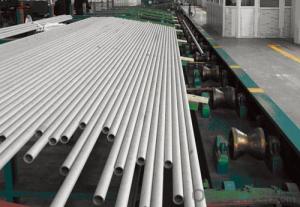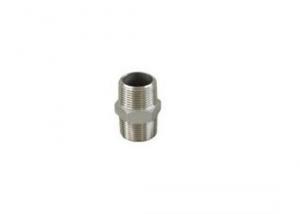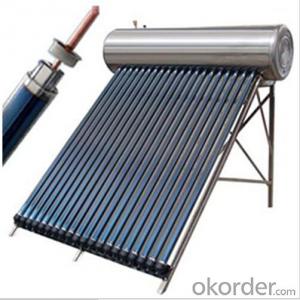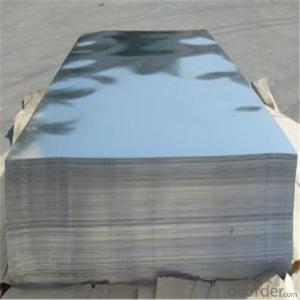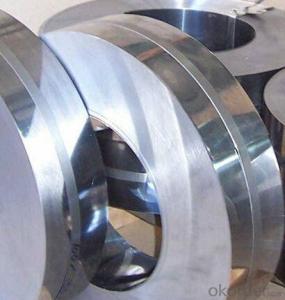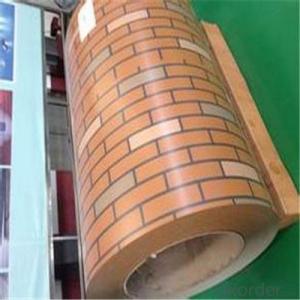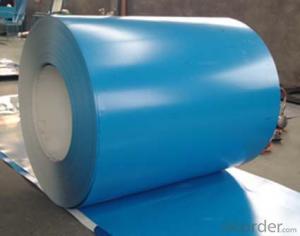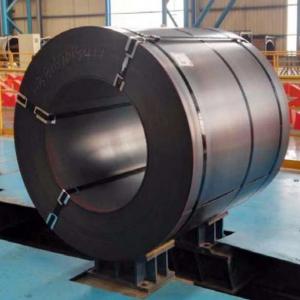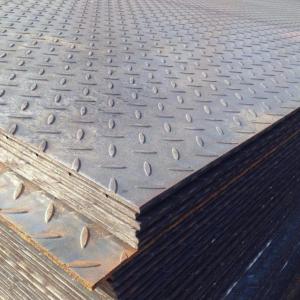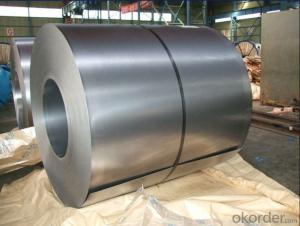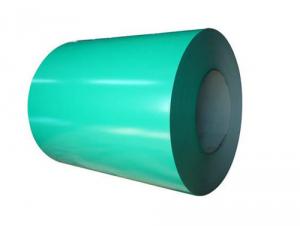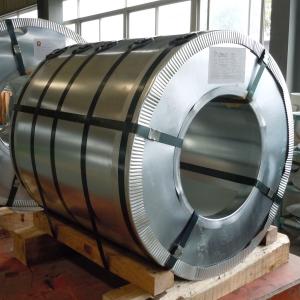Stainless Steel Stainless
Stainless Steel Stainless Related Searches
Best Paint For Stainless Steel Blanket Insulation For Steel Buildings Primer For Galvanized Steel Foam Filter For Stainless Steel H S Code For Stainless Steel Surface Grinding Wheels For Stainless Steel Surface Grinding Wheels For Hardened Steel Hole Saw For Stainless Steel Paint For Stainless Steel Stainless Steel For BbqHot Searches
Steel Mesh Panels For Sale Price For Stainless Steel Scrap Scrap Price For Stainless Steel Price For Stainless Steel Stainless Steel Tank For Sale Stainless Steel Sheets For Sale Cheap High Tea Sets For Sale Stainless Steel Tanks For Sale Stainless Steel For Sale High Density Fiberboard For Sale Solar Hot Water Collectors For Sale Scaffolding For Sale In Uae Scaffolding For Sale In Ireland Scaffolding For Sale In Houston Type Of Inverter For Solar Price Of Shipping Containers For Sale Types Of Inverter For Solar Stock Price For Aluminum Used Solar Inverter For Sale Steel Mesh Panels For SaleStainless Steel Stainless Supplier & Manufacturer from China
Okorder.com is a professional Stainless Steel Stainless supplier & manufacturer, offers integrated one-stop services including real-time quoting and online cargo tracking. We are funded by CNBM Group, a Fortune 500 enterprise and the largest Stainless Steel Stainless firm in China.Hot Products
FAQ
- i got the belly button ring from icing and its surgical steel are they the same things?
- There are several different grades and specifications that are referred to collectively as surgical steel, or Surgical stainless steel Non-stainless steel is not used for piercings and sutures and the like, because of the obvious reason that it tends to rust. The most common grade referred to as surgical is 316L, which is also used for food handling equipment. 316L is tough and very durable and has outstanding corrosion resistance. But it is moderately expensive. Very cheap body jewelry may be made out of cheaper grades of stainless steel like 304 or even the dirt-cheap 409. 304 is less corrosion resistant than 316L ; Almost nothing good can be said of type 409, except that's it cheap. 409 is not technically known as surgical, but some manufacturers may claim it is, to increase their asking price and also to cause buyer confusion. Surgical tools, which are not meant to be implanted, are usually made of the well known 440C, which is extremely strong and excellent at holding and edge, but it is not very corrosion resistant and it is brittle. 440C is not usually considered surgical. It's also used to make kitchen knives.
- What brand steel tapes are of good quality?
- Personal feeling is also good for the Great Wall Seiko tape, upstairs several estimates are the production of steel tape manufacturers, of course, that their goods well. Our unit now buy all the Great Wall Seiko goods, said the tape is good, not because it is so durable
- Steel coils are inspected for surface cleanliness during processing through various methods such as visual inspection, magnetic particle inspection, and ultrasonic testing. These techniques help identify any contaminants, defects, or surface irregularities that may be present on the coils, ensuring their quality and suitability for further processing or use.
- Steel coils are used in the manufacturing of defense equipment as they provide strength, durability, and resistance to impact and stress. These coils are typically used to fabricate various components, such as armor plates, vehicle frames, and missile bodies, which are crucial for the protection and functionality of defense equipment.
- Steel coils do not directly contribute to energy efficiency in lighting. However, steel coils are often used to make electrical components like transformers and ballasts, which play a crucial role in regulating and converting electrical energy for efficient lighting systems.
- Steel coils play a vital role in the energy storage industry by serving as a key component in large-scale energy storage systems such as pumped hydro storage and compressed air energy storage. These coils are used in the construction of storage tanks and pressure vessels, which are essential for storing and releasing energy on demand. Additionally, steel coils are also utilized in the manufacturing of battery systems used in grid-scale energy storage applications, providing structural support and ensuring safety and reliability.
- Obviously this is an easy question for anyone who works with metal. However, I am currently writing a book and had an idea that had to do with these two metals. Is it possible for gold to be folded into steel while it is being forged? Do 3-metal alloys exist? If this is not possible with current metal-working techniques and technology, what would be needed to make it possible? And finally, what exactly would the mixing of these two yield? A weak metal? A brittle metal? How would it compare to iron or gunmetal? If you have no idea, please offer speculations. Thank you!
- Since steel is already an alloy (iron with other metals or carbon), you're not alloying gold with a a metal per se. It is possible, though, to alloy gold with steel. However, the creation of any alloy has a practical application behind it. For example, gold is alloyed with silver and copper because otherwise, the gold is too soft to stand up to the use it is intended for and needs to be hardened.
- I need details for steel column splices welded or bolted. References or autocad blocks will be very useful. Thank you very much!
- Boy oh boy, that request would open you up to a bunch of different types of files and drawings. There are so many different ways to make a column splice for structural steels. And they all would depend greatly on the loads that the joint will be subject too. You need to find a copy of the Manual of Steel Construction Ninth edition (or newer if its out, mine is the ninth), from the AISC 'American Institute of Steel Construction. This book will show you quite a few different connection options, welded and bolted. You will need to make drawings from the dimensions and details you see in the book. One other thing, you might try to find a manual for steel detailing, the seventh edition of the above book had a section to show detailing dimensions for different steel elements, dependant on the size and shape of the member itself.






















